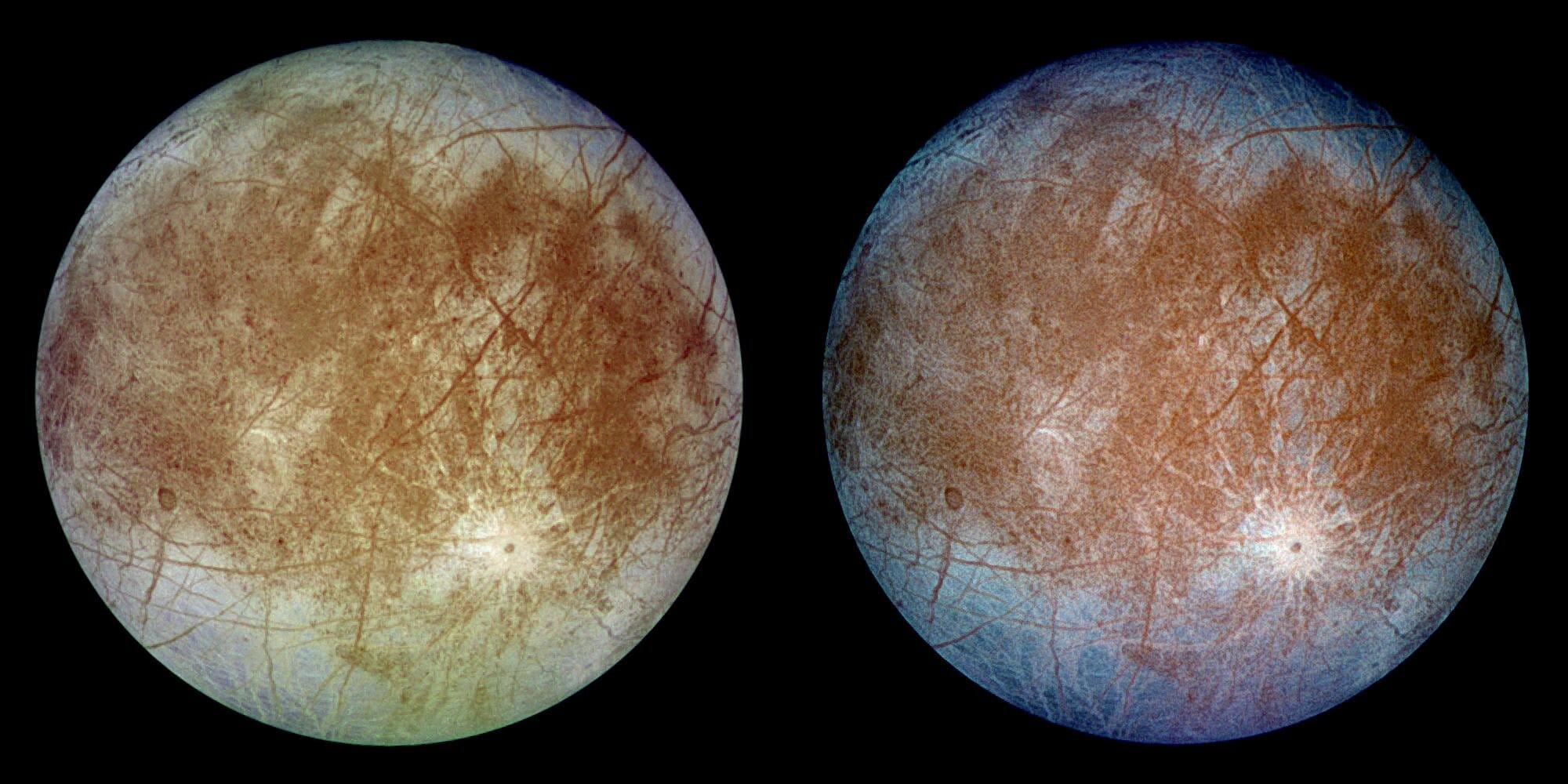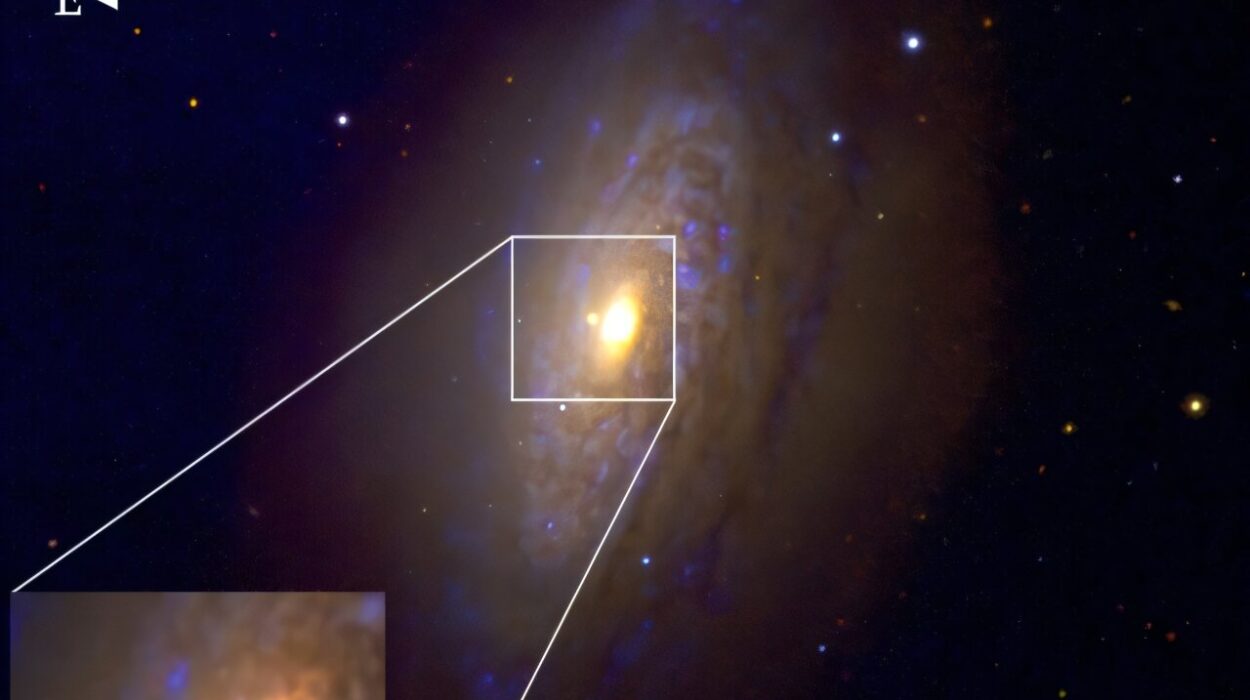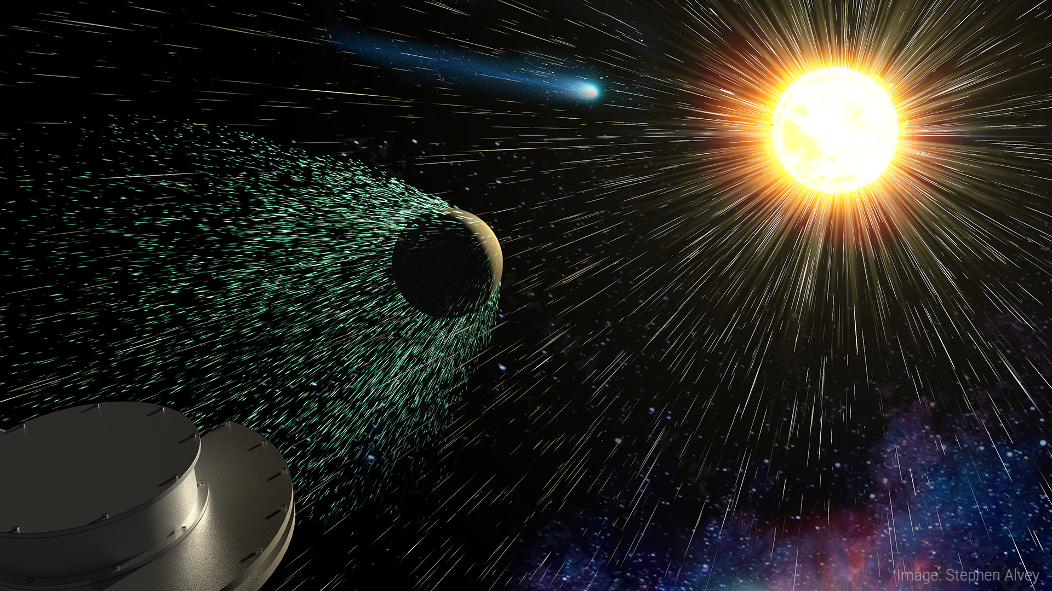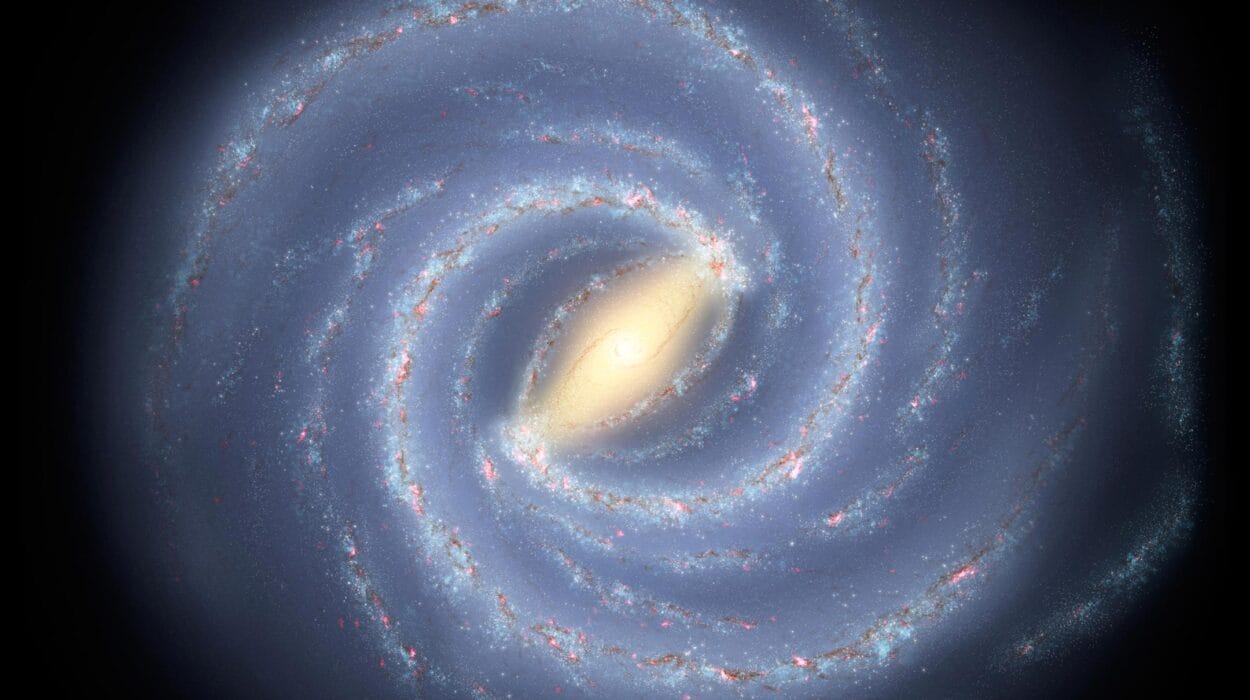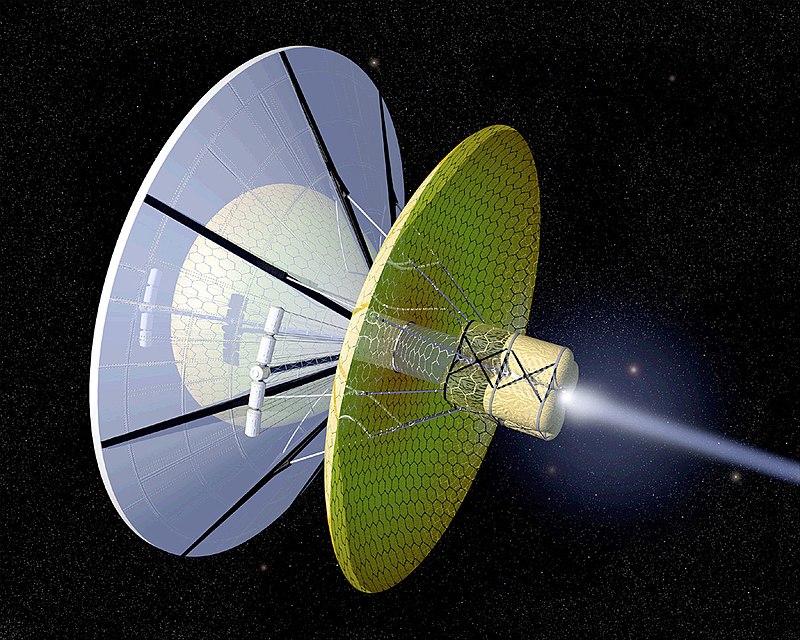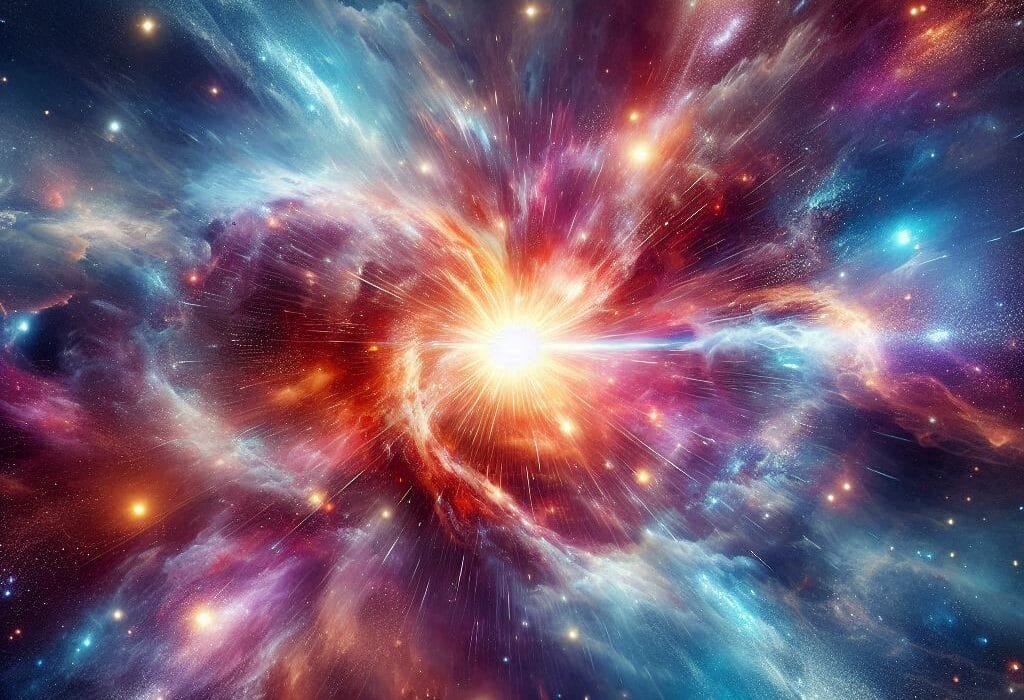Far beyond Earth, beyond the glow of the Sun’s warmth, orbits a world shrouded in ice and myth. Europa, one of Jupiter’s largest moons, has long been a tantalizing enigma—a place where science fiction dreams of alien oceans collide with the stark language of planetary chemistry. For decades, scientists have stared at its fractured, gleaming surface, wondering what secrets lie frozen beneath.
Now, thanks to a new series of experiments inspired by the James Webb Space Telescope’s (JWST) recent observations, a surprising piece of the puzzle has begun to take shape. Hydrogen peroxide—an oxidant that can store chemical energy crucial for life—has been found in unexpected places on Europa’s surface. And as it turns out, the story behind it is stranger, deeper, and more promising than we ever imagined.
The Puzzle JWST Painted in Light
When JWST peered at Europa with its sharp, infrared gaze, it saw something that didn’t quite make sense. It had been assumed, based on decades of laboratory work, that hydrogen peroxide would accumulate in the colder polar regions of the moon, where the ice is firmer and more stable. But what the telescope revealed was a surprise: the highest levels of hydrogen peroxide weren’t in the coldest places at all. They clustered instead around Tara Regio—a warm, chaotic landscape near the equator, where the ice is crumpled and reshaped, as if something were boiling up from below.
To scientists, Tara Regio is no ordinary piece of real estate. It’s a part of Europa’s chaos terrain, regions that look like shattered glass that’s been partially melted and frozen again. These features hint at dynamic activity beneath the ice—perhaps even a restless ocean pushing upward, cracking the surface, and carrying with it strange molecules from the depths.
But why would hydrogen peroxide, a fragile chemical that breaks down in warmth, flourish in such a place?
A Young Scientist’s Proposal—and the Power of a Simple Question
It was this contradiction that ignited the imagination of Bereket Mamo, a graduate student at the University of Texas at San Antonio. Mamo, working as a contractor at Southwest Research Institute (SwRI), couldn’t let the mystery go. He proposed a bold idea to NASA: recreate Europa in the lab and see what happens when the building blocks of its surface are exposed to radiation.
NASA agreed. With support from the Future Investigators in NASA Earth and Space Science and Technology program, Mamo set to work at SwRI’s CLASSE (Center for Laboratory Astrophysics and Space Science Experiments) facility. There, in a chamber that could simulate the vacuum of space and the frigid cold of Europa’s surface, he began mixing water ice with trace amounts of carbon dioxide—the same kind of mixture believed to be present in the moon’s chaotic regions.
Then, using energetic electrons meant to mimic Jupiter’s intense magnetosphere, the ice mixture was bombarded with radiation.
What happened next would change the way we think about the chemistry of ocean worlds.
Carbon Dioxide’s Secret Role in Europa’s Chemistry
The experiments revealed something unexpected and powerful: even small amounts of carbon dioxide in Europa’s water ice dramatically enhanced the production of hydrogen peroxide under radiation. In other words, the strange abundance of peroxide in warmer, chaotic regions like Tara Regio wasn’t an error in the data. It was a clue. A signal. Proof that the surface chemistry of Europa is being shaped not just by temperature or sunlight, but by a deeper interaction between what lies beneath the ice and the violent energy raining down from above.
Carbon dioxide, likely rising through cracks in Europa’s shell from its hidden ocean, was acting as a catalyst. When combined with energy from Jupiter’s radiation belts, it enabled the formation of oxidants like hydrogen peroxide—even in the places where it shouldn’t thrive.
This result not only resolved the mystery JWST had uncovered—it opened a new door into how the surface of Europa might be participating in a slow but meaningful conversation with its ocean.
From Radiation to Potential Life
Dr. Ujjwal Raut, Mamo’s advisor and a senior scientist at SwRI, sees the implications of this discovery as profound. Europa, he explains, might be engaged in a kind of geochemical cycle—where materials from the ocean rise up to the surface, are irradiated, transformed into energy-rich molecules like hydrogen peroxide, and then slowly cycle back down through cracks and fissures. This loop creates the possibility of chemical energy—the vital spark that life in dark ocean worlds would need to survive.
Because unlike Earth’s surface life, which depends on sunlight, life on Europa—if it exists—would be completely reliant on chemistry. In the eternal night beneath the ice, no sunbeam reaches the sea. Microorganisms, if they live there, must feed on what the planet itself provides: oxidants from above and reductants from below. If these two come into contact, they can generate energy. Enough, perhaps, to power life.
Hydrogen peroxide, as mundane as it may sound, could be the lifeblood of an alien ecosystem.
A Prelude to the Clipper’s Song
The significance of this work has not gone unnoticed. Dr. Richard Cartwright of the Johns Hopkins Applied Physics Laboratory, a co-author of the study, points out that this research is laying the groundwork for NASA’s Europa Clipper mission—an ambitious spacecraft currently speeding toward the Jovian system, designed to study Europa up close. Along with the European Space Agency’s JUICE spacecraft, these missions will explore the moon’s surface chemistry, its ice shell, and perhaps even hints of its ocean’s contents.
What Mamo and his team have shown is that Europa is not chemically inert. It is a reactive, active world—constantly shaped by a complex dance between deep interior forces and radiation from Jupiter. Every molecule of hydrogen peroxide that forms on its surface is a record of that dance—a frozen memory of energy exchange that might, over eons, sustain life in the darkness.
Dr. Ben Teolis, another scientist on the project, reflects on the wider significance: “When you have a source of carbon from the interior, like on Europa, and you combine it with energy from the magnetosphere, you produce new species on the surface—oxidants, organics—that store chemical energy. That energy is vital, because in places like Europa’s ocean, where the sun doesn’t shine, it’s the only kind of fuel life can use.”
Echoes Across the Solar System
Europa may not be alone in this story. Similar combinations of carbon dioxide and hydrogen peroxide have been detected on Ganymede and even Pluto’s moon, Charon. These distant, frozen worlds, once thought to be chemically static, are now revealing themselves to be alive in a different way—buzzing not with biology perhaps, but with rich chemistry that sets the stage for it.
As our spacecraft peer deeper into the outer solar system and our labs simulate the impossible, the vision of habitability is expanding. It no longer requires sunlight or lush atmospheres. It only requires the right ingredients, a source of energy, and time.
The experiments done by a young student and a team of scientists in a cold vacuum chamber may seem small on their own. But they are ripples that touch the edges of what we consider possible.
They remind us that the quest for life is not just about looking for little green men or signals from the stars. Sometimes it’s about understanding why, in a chaos-ridden landscape of cracked ice and radiation, hydrogen peroxide dares to bloom.
Reference: Bereket D. Mamo et al, Laboratory Investigation of CO2-driven Enhancement of Radiolytic H2O2 on Europa and Other Icy Moons, The Planetary Science Journal (2025). DOI: 10.3847/PSJ/ade3d8
